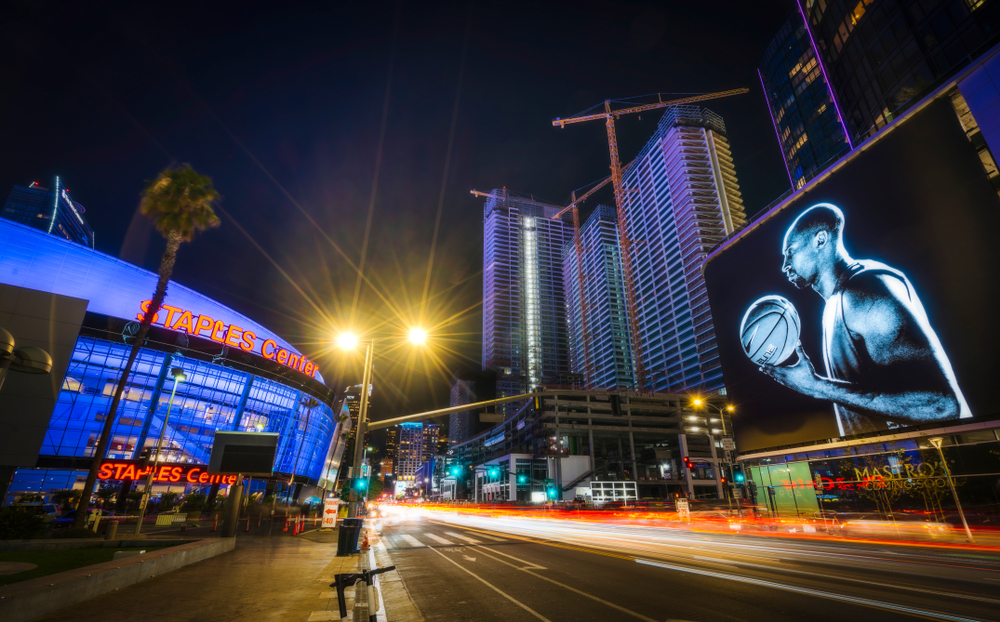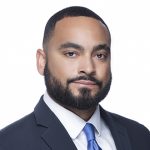On Sunday, October 11, 2020, the Los Angeles Lakers won their 17th NBA championship by defeating the Miami Heat in the 6th game of the NBA Finals. Because (for some reason) the Lakers count 5 titles won while the team played in Minneapolis, their humble fan base can now say that the Lake Show is tied with the Boston Celtics for most NBA championships won.

Personally, I had mixed feelings about the Lakers’ most recent success. On the one hand, I lamented that, with this latest championship, my social media feeds would be filled with Laker braggadocios, most of whom have no actual connection with Los Angeles.
Also, as a Sacramento Kings fan, I don’t like the Lakers. They are responsible for my worst memory as a sports fan. And based on some famously terrible refereeing, my buddies and I were deprived of what should have been our 2002 championship parade in downtown Sacramento.
On the other hand, I really respect Kobe Bryant as a basketball player and thought this Lakers’ championship to be a fitting tribute to him and his daughter Gianna. Also, I think LeBron James is the GOAT and was happy to see him burnish his credentials.
Notwithstanding my ambivalence regarding the ultimate outcome of this NBA season from a competitive standpoint, there was something that impressed me without a doubt from a logistical and planning perspective: Beginning in July of this year, NBA players, coaches, and staff began entering the so-called “NBA Bubble” in Orlando, Florida, and by season’s end, there was not one positive COVID-19 test among the 22 teams, media, service providers (like barbers), and others who entered the self-contained Disney World campus.
Extensive Health and Safety Planning
The NBA can attribute much of this success to the league’s extensive planning, which included a 100-page health and safety protocol. Among the steps taken by the NBA within the Bubble were the following:
- For players, daily coronavirus testing, temperature checks, and extensive health monitoring;
- Requiring that players and team staff wear face masks at all times on campus, except when competing or engaging in activities that were not within 6 feet of others;
- For social activities, maintaining a distance of 6 feet while playing video games and no shared equipment or caddies while golfing;
- For Disney staff members not staying on campus, requiring they wear masks and physically distance from others;
- Cleaning and disinfecting the basketball court and other equipment; and
- Having an anonymous tip line to encourage reporting of protocol violations.
Given that the NBA relied upon the Centers for Disease Control and Prevention guidance in developing the league’s protocols, many of the steps taken by the NBA can be implemented within other workplaces. But, of course, the NBA has an abundance of financial resources and was able to implement measures to ensure health and safety that would not be practical or permissible in most workplaces.
For example, daily testing not only is expensive but also presents potential issues under the federal Americans with Disabilities Act (ADA). As noted by the Equal Employment Opportunity Commission (EEOC), the ADA mandates that any medical test of employees be “job related and consistent with business necessity.”
The EEOC’s guidance notes that “[a]pplying this standard to current circumstances of the COVID-19 pandemic, employers may take screening steps to determine if employees entering the workplace have COVID-19 because an individual with the virus will pose a direct threat to the health of others”; thus, “an employer may choose to administer COVID-19 testing to employees before initially permitting them to enter the workplace and/or periodically to determine if their presence in the workplace poses a direct threat to others.”
Resources and potential legal issues notwithstanding, employers should be encouraged by the NBA Bubble, which has demonstrated that distancing, wearing masks, and attention to disinfecting may help control the spread of COVID-19 in the workplace.


